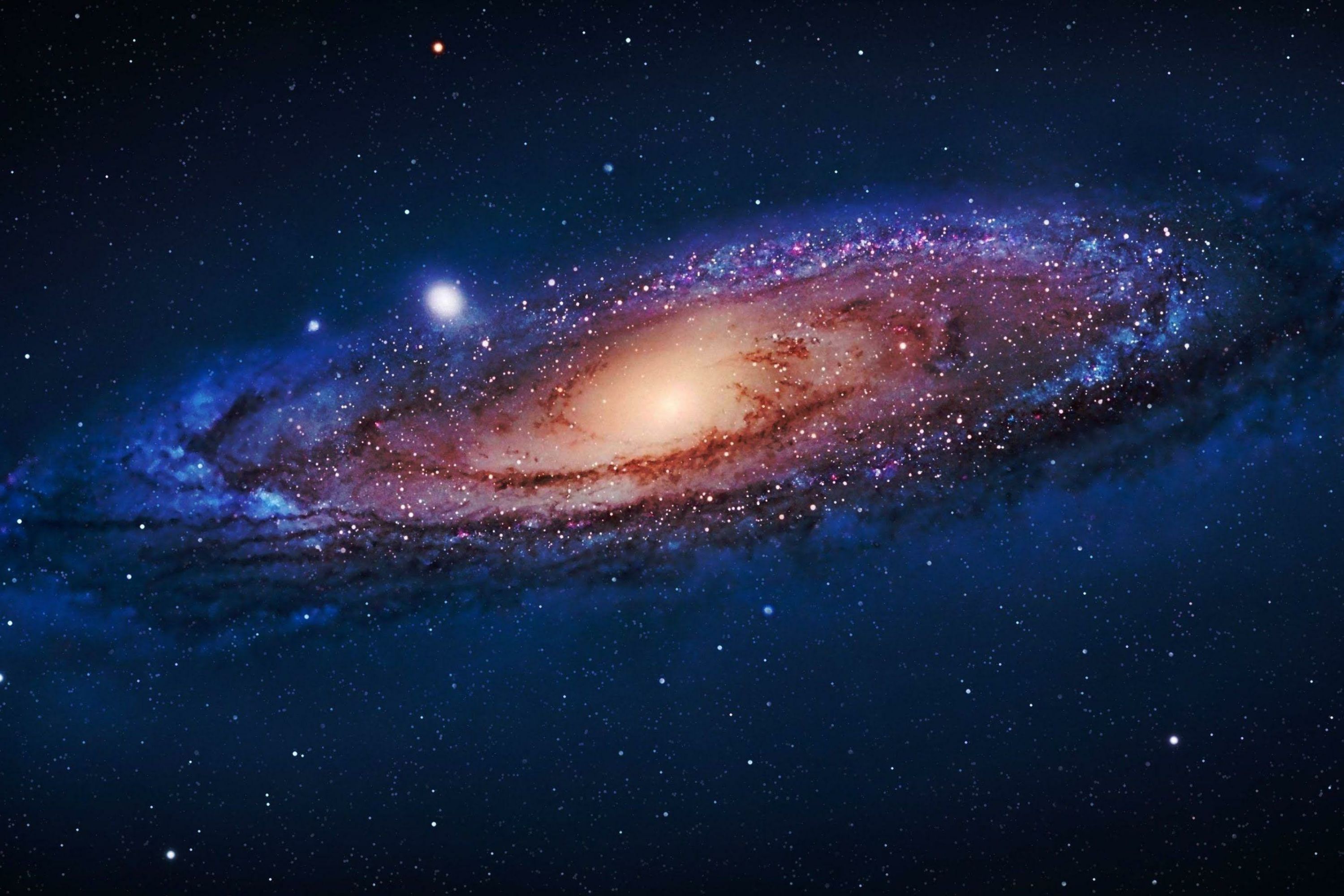Our Galaxy Actually Consumed A Smaller Galaxy Three Billion Years Ago

The Gaia spacecraft, launched in 2013 by the European Space Agency, is in the process of creating a detailed map of the Milky Way by tracing the positioning and movements of more than a billion stars.
So far, the map has revealed that between eight and 11 billion years ago, our galaxy consumed a smaller galaxy in a phenomenon known as galaxy mergers.
The collision was named Gaia-Sausage-Enceladus. Whenever our galaxy collides with another, the collision leaves behind a trail of stars that are described by researchers as “wrinkles in the galaxy.” Our galaxy has experienced many collisions throughout its lifetime.
It turns out that not all the wrinkles of stars from the Gaia-Sausage-Enceladus merger are the same. Some of the wrinkles actually came from a more recent merger that occurred just three billion years ago, which is later than previously thought.
“We get wrinklier as we age, but our work reveals that the opposite is true for the Milky Way. It’s a sort of cosmic Benjamin Button, getting less wrinkly over time,” said Thomas Donlon, the lead author of the study. “By looking at how these wrinkles dissipate over time, we can trace when the Milky Way experienced its last big crash—and it turns out this happened billions of years later than we thought.”
In the Milky Way’s halo, a large group of stars with unusual orbits is present. In the past, scientists proposed that these stars may have come from the merger Gaia-Sausage-Enceladus, which occurred eight to 11 billion years ago.
However, the wrinkles of stars appear clearly in data from Gaia, meaning that the stars joined our galaxy more recently in an event dubbed the Virgo Radial Merger.
Every time the stars swing back and forth through the center of the Milky Way, new wrinkles form. If the stars had merged eight billion years ago, there would be so many wrinkles that scientists wouldn’t be able to distinguish them from one another. The findings show that this is not the case.
It is likely that the Virgo Radial Merger caused other small dwarf galaxies and star clusters to combine with our galaxy. All these stars would have integrated into the Milky Way at around the same time.
Jack – stock.adobe.com – illustrative purposes only
Sign up for Chip Chick’s newsletter and get stories like this delivered to your inbox.
Further study is needed to determine which stars are from the Virgo Radial Merger and which are from the Gaia-Sausage-Enceladus.
Overall, the study has helped contribute to the history of our galaxy and to knowledge of how galaxies are shaped and developed in general.
“The Milky Way’s history is constantly being rewritten at the moment, in no small part thanks to new data from Gaia,” Donlon said.
“Our picture of the Milky Way’s past has changed dramatically from even a decade ago, and I think our understanding of these mergers will continue to change rapidly.”
The study was published in the Monthly Notices of the Royal Astronomical Society.
Welcome to Billionaire Club Co LLC, your gateway to a brand-new social media experience! Sign up today and dive into over 10,000 fresh daily articles and videos curated just for your enjoyment. Enjoy the ad free experience, unlimited content interactions, and get that coveted blue check verification—all for just $1 a month!
Account Frozen
Your account is frozen. You can still view content but cannot interact with it.
Please go to your settings to update your account status.
Open Profile Settings